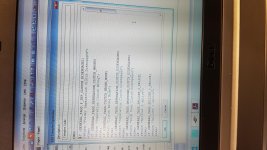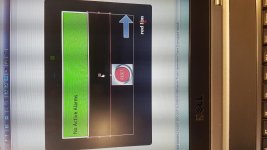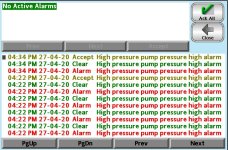Hello all,
I am fairly new to programming HMI's and am working with Crimson 3.1 for the first time. I am trying to recreate an annunciator of general messages for the HMI. Currently I have half the screen displaying active alarms (ie Stop faults and failures) by using the 'alarm viewer' primitive and the lower half of the screen I have a data box that I want to display general messages.
I have single bits that I have tied to flags in crimson and I need those to generate messages in my data box. I am able to use an 'if' statement to 'return' my desired message. But my program will only display one message at a time. I can not seem to find a way to display multiple messages at once. I have some 40 bits coming from the PLC that I would like to be able to annunciate.
Any ideas on how I can accomplish this?
I am fairly new to programming HMI's and am working with Crimson 3.1 for the first time. I am trying to recreate an annunciator of general messages for the HMI. Currently I have half the screen displaying active alarms (ie Stop faults and failures) by using the 'alarm viewer' primitive and the lower half of the screen I have a data box that I want to display general messages.
I have single bits that I have tied to flags in crimson and I need those to generate messages in my data box. I am able to use an 'if' statement to 'return' my desired message. But my program will only display one message at a time. I can not seem to find a way to display multiple messages at once. I have some 40 bits coming from the PLC that I would like to be able to annunciate.
Any ideas on how I can accomplish this?







